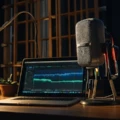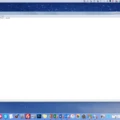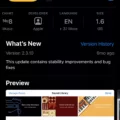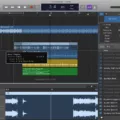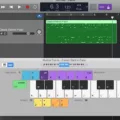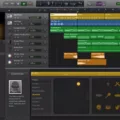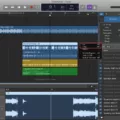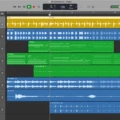Garageband is a powerful and intuitive music creation software developed by Apple. It has become one of the most popular tools among musicians and producers, as it allows them to quickly and easily create professional-sounding audio recordings. The software is available for Mac, iOS, and Windows devices, making it a great choice for any musician looking for a versatile recording program.
For Mac users with older versions of the operating system (prior to Mojave), Garageband can still be used. While certain features may not be available on these older versions, the basic functionality remains intact. The main difference will be in the user interface: some features may look slightly different than what Mojave users are accustomed to.
Garageband can be used to record audio from instruments or microphones, edit existing audio tracks, and mix multiple audio recordings together into a single track. It also comes with a range of virtual instruments including pianos, guitars, drums, basses and synthesizers which can be used to create music within Garageband itself witout needing any additional hardware or software. Additionally, Garageband comes with thousands of loops – pre-recorded samples of instruments – which can be used to quickly add texture and depth to recordings.
For those who want to take their music further beyond Garageband’s capabilities, there are several third-party plugins available that allow users to extend the program’s capabilities. These plugins range from virtual amplifiers for adding extra sound effects to vocal processing plugins for improving vocal recordings; even sophisticated DAW (Digital Audio Workstation) plugins that allow users to perform more advanced tasks such as multi-tracking or side chaining.
Overall, Garageband is an excellent choice for anyone looking for an easy-to-use yet powerful recording program – regardless of whether they’re using an up-to-date Mac or an older version of OS X. With its wide range of features and compatibility with third-party plugins, it’s perfect for both novice musicians who are just geting started and experienced producers who need something more advanced than what’s built into Garageband itself.
Downloading an Older Version of GarageBand for Mac
If you are looking to use an older version of GarageBand on your Mac, you can do so by accessing the Mac App Store. First, open the Mac App Store and click on your face in the bottom left of the window. Then, scroll throuh the list of apps you have previously purchased until you find GarageBand. If it is not in this list, you can search for it using the search bar at the top of the window. Once you have found GarageBand, click on “Download,” and then select which version of GarageBand you would like to download from the drop-down menu. You will then be able to install and use an older version of GarageBand on your Mac.
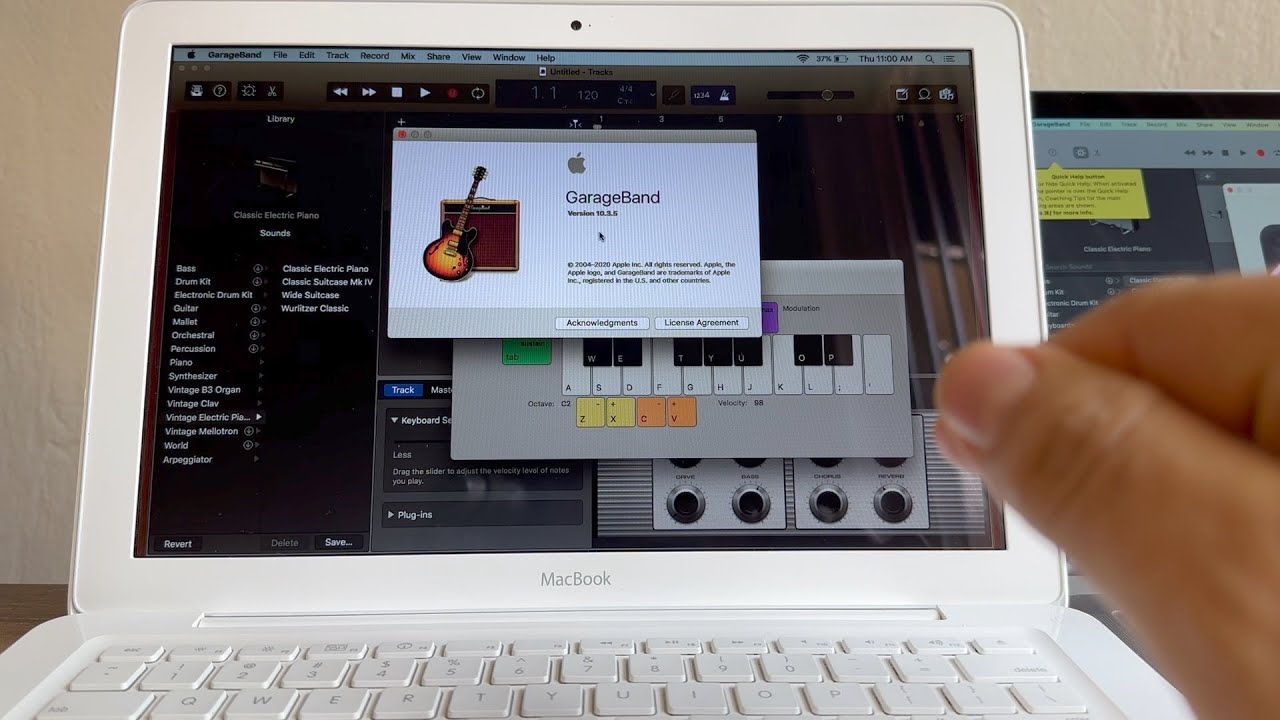
Downloading GarageBand on a Mac 2011
To download GarageBand on your Mac 2011, open the App Store from either your Dock or the Launchpad. Type “GarageBand” into the search bar, and it should be the first option that appears. Click on Get > Install and make sure you have at least 3GB of free space available to install the software and some of its sounds. It’s important to note that GarageBand may not be compatible with your Mac 2011, so you may want to check with Apple to make sure it works before downloading.
Compatibility of Macs With GarageBand
Yes, all Macs are compatible with GarageBand. GarageBand is a free app that comes preinstalled on every new Mac computer. It can be used to create music, podcasts, and other audio recordings with ease. For those who are new to recording, GarageBand’s user-friendly interface makes it simple to get started quickly. It also has more advanced features and tools for experienced users who want to take their music production to the next level. Whether you’re a beginner or a pro, GarageBand is the perfect tool for creating your own music from the comfort of your own home.
Troubleshooting GarageBand Issues on Mac
GarageBand may not be compatible with your Mac for a few dfferent reasons. First, make sure your operating system is up to date. GarageBand requires OS X 10.7.5 or later, so if you’re running an older version of the OS, you won’t be able to use GarageBand.
Next, check that your audio interface is working properly and is connected properly to your Mac. If it’s not connected properly, or if it neds an update, contact the manufacturer for support. Additionally, check for any Audio Units plug-ins and make sure they are compatible with GarageBand and that they are not damaged in any way. If you find any issues with the plug-ins, disable them to see if that helps resolve the issue.
Can I Download GarageBand on MacOS High Sierra?
No, you cnnot download GarageBand on macOS High Sierra. Apple has removed all versions of GarageBand for older operating systems. The minimum requirement for running GarageBand is macOS Big Sur 11.0. To ensure you have the most up-to-date version of GarageBand, you will need to upgrade your operating system to a newer version that meets the minimum requirements.
Can El Capitan Run GarageBand?
Yes, GarageBand can be run on El Capitan. El Capitan is the twelfth version of macOS and was released in 2015. It is possile to download and install the latest version of GarageBand from the App Store. However, if you have an Apple ID associated with both a Mac running El Capitan and a Mac running a more recent version of macOS, then GarageBand will install the compatible version for El Capitan when you search for it on the App Store.
Can MacOS Catalina Run GarageBand?
No, macOS Catalina cannot run GarageBand 6.0.5 or earlier versions of the software due to incompatibility with the 32-bit system frameworks that are no longer availble on the operating system. However, Apple has released a newer version of GarageBand – GarageBand 10 – which is fully compatible with macOS Catalina and can be downloaded from the App Store for free.
Using GarageBand on a MacBook
GarageBand is available for all Macs running Mac OS X 10.7 (Lion) or later, including the 2011 MacBook Air, 2011 and 2012 MacBook Pro, and 2013 and later MacBooks. For best performance, a minimum of 2GB of RAM is recommended.

